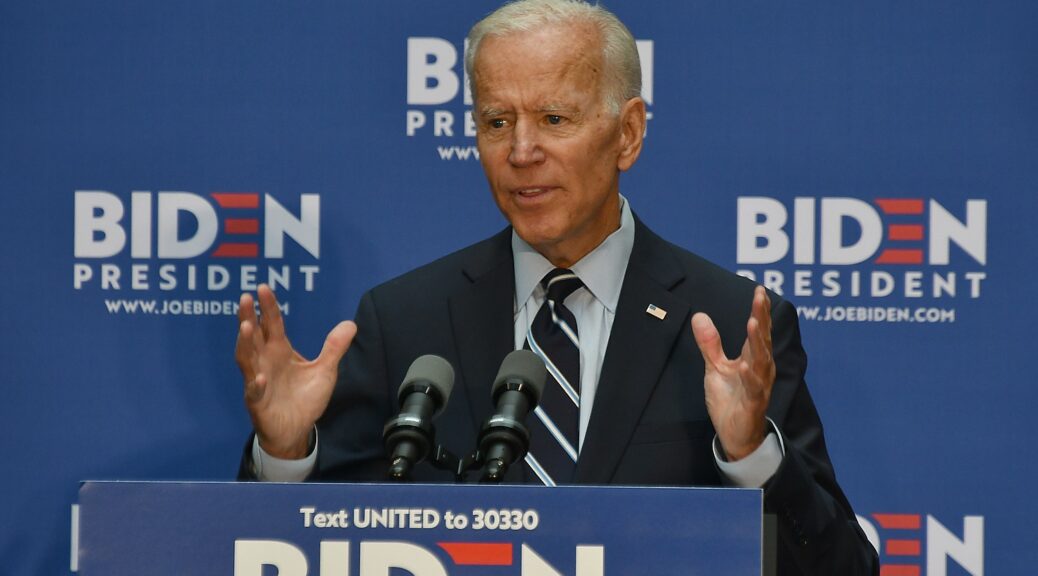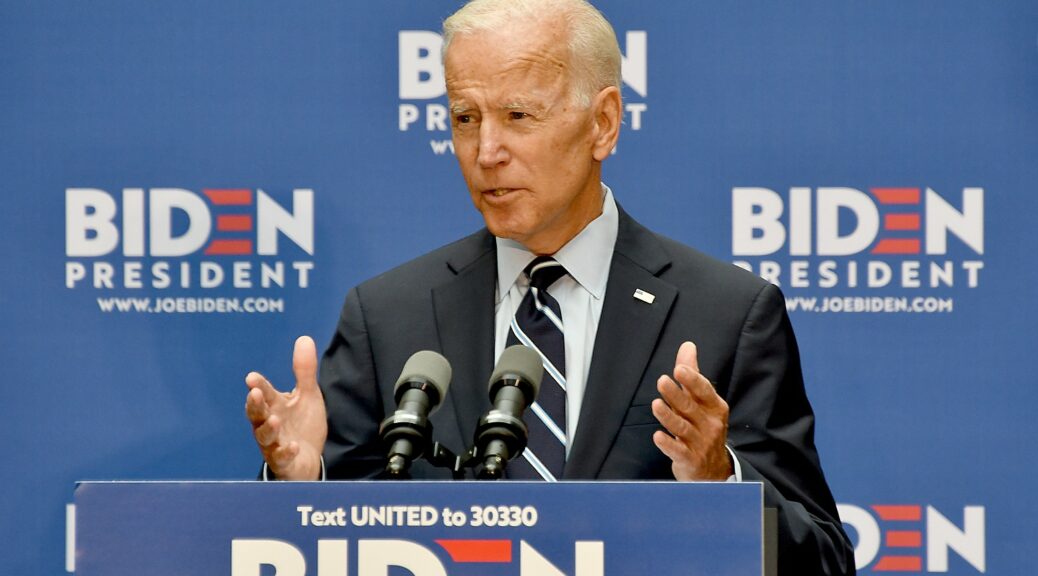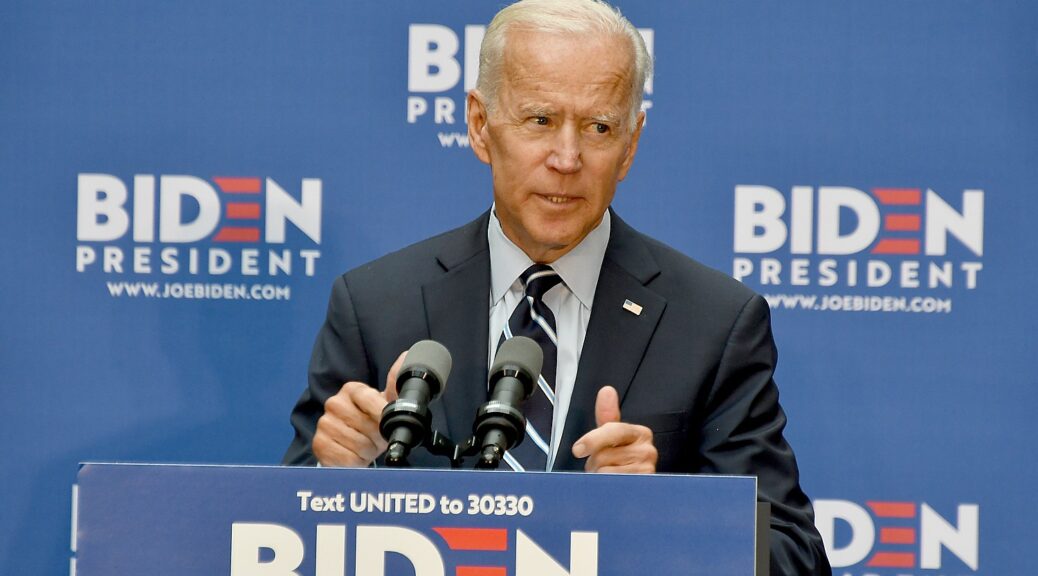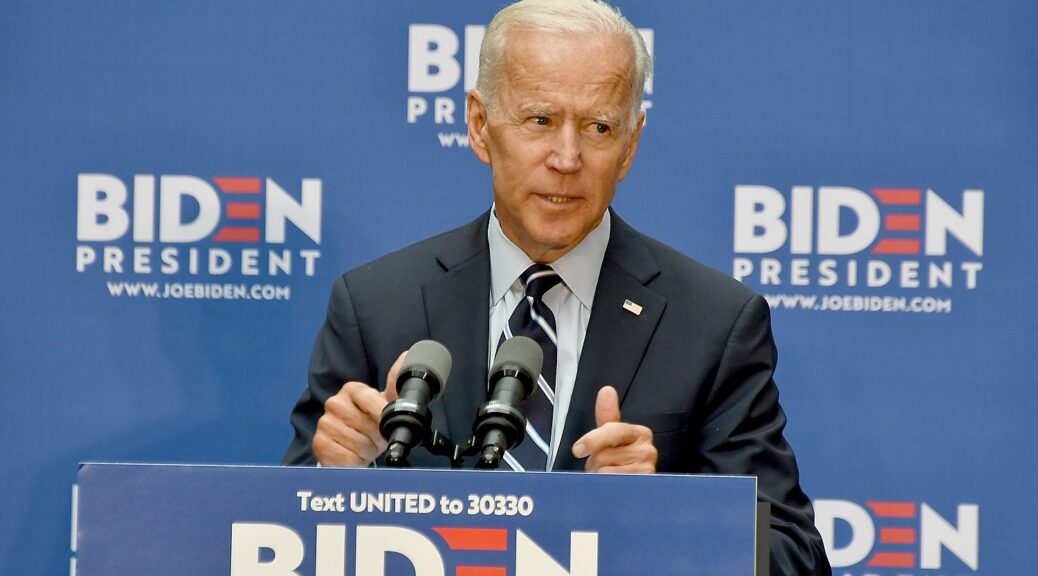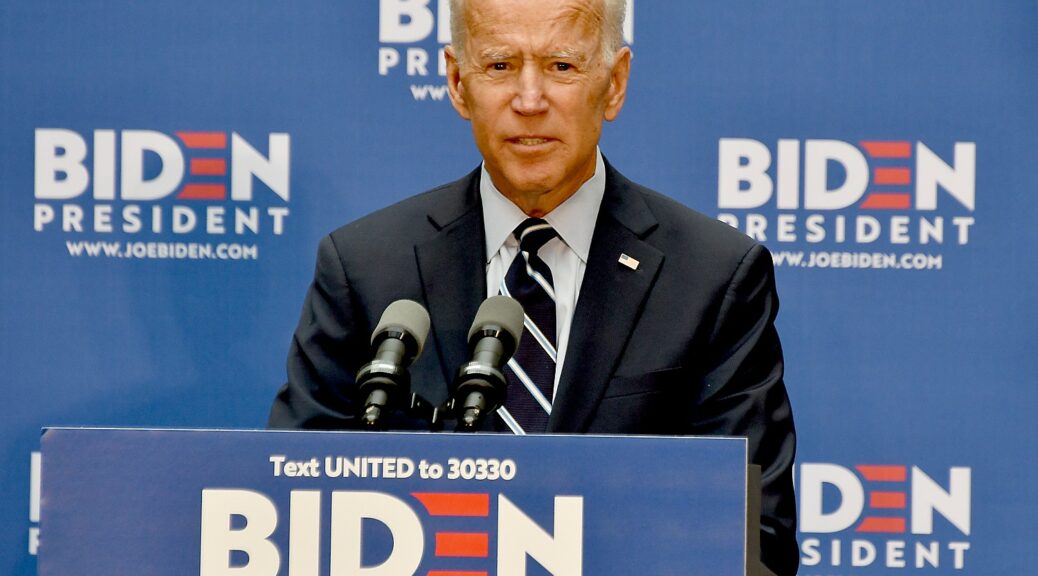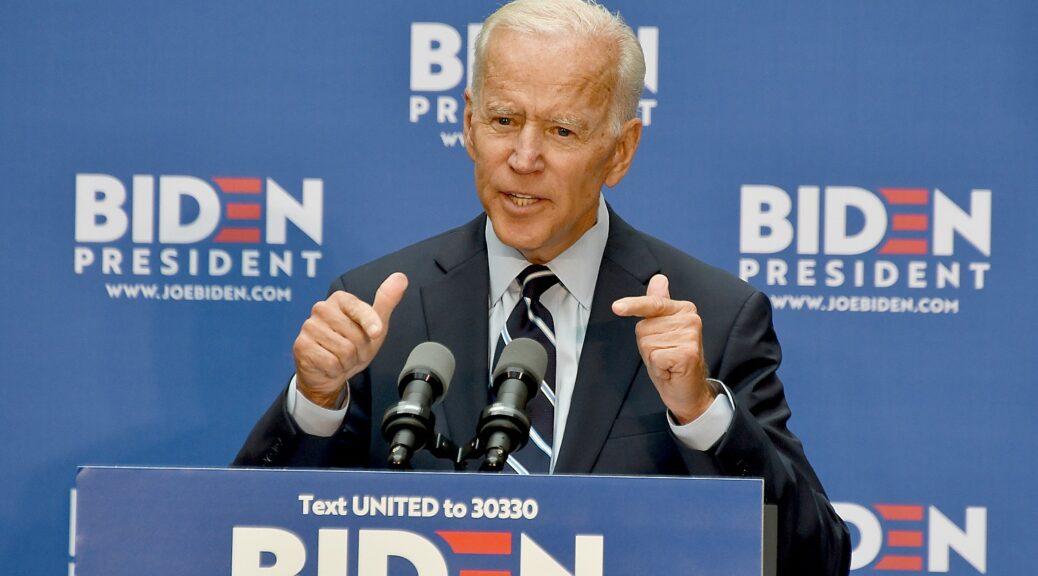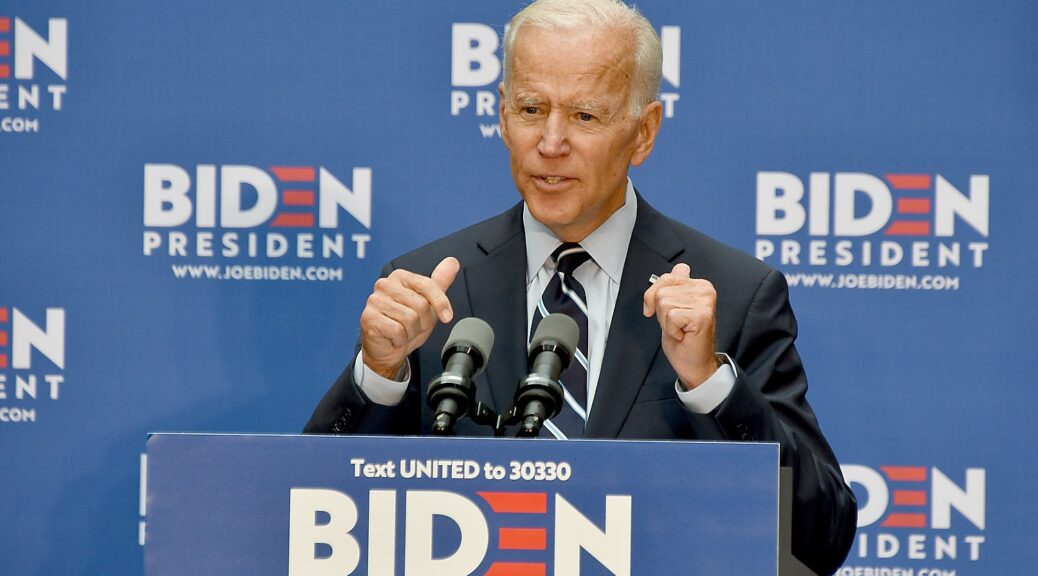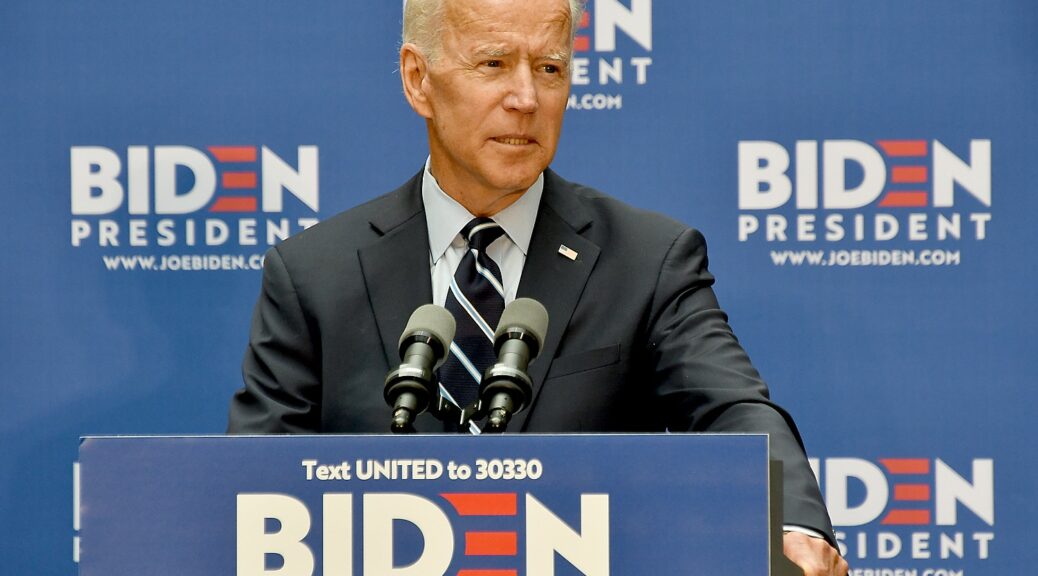
By Karen Rubin, News-Photos-Features.com
While most Americans give little consideration to foreign policy credentials of their candidates for president, over the “kitchen table” issues such as health care, education, taxes, foreign policy should loom largely over the 2020 election as Americans are waking up to the fact that while a president is for the most part constrained by the legislative branch (Congress) on what can be accomplished domestically (recall how Republicans obstructed Obama on health care, immigration reform, gun safety, climate action and infrastructure and why Medicare for All, a wealth tax may still be a pipe dream), a president is virtually unrestrained in making foreign policy at a time when the world is smaller and more globally interdependent, such as addressing climate change.
And while the Constitution theoretically gives Congress the power to declare war, presidents have found loopholes in addressing “imminent threats.” Trump has gone so much further in pulling out of treaties (the Iran nuclear deal), trade agreements and mutual assistance pacts like the Paris Climate Accord, while taking actions to weaken NATO alliance. The way he has dealt with North Korea has only made the world less safe and the list goes on: Iraq, Syria and ISIS, Turkey and the Kurds, Yemen, Venezuela, Australia.
Of the Democratic candidates for president, Vice President Joe Biden is hoping that voters will appreciate his vast experience (which Bernie Sanders and Pete Buttigieg try to diminish because of his vote, along with just about every other Senator, to give George Bush power to address what they were told (lied) was an imminent threat of Saddam Hussein’s use of Weapons of Mass Destruction).
Now there are a few Democrats, like Senator Kirsten Gillibrand, who are introducing legislation to rescind the 2002 AUMF and require the President to get Congress’ authorization for use of military force, make it specific and require reauthorization after a period of time. But that is already in the Constitution and they are faced with a president who has demonstrated over and over he does not respect the bounds or oversight on him by the Constitution, with Congress apparently unwilling to do anything about it.
Vice President returned to New York to speak again on foreign policy and the unfolding situation in Iran, drawing a contrast to how Trump has mishandled the situation. These are his prepared remarks:
Six months ago, here in New York City, I made the case that Donald Trump was “dangerously incompetent and incapable … of world leadership.”
In the past few days, in the wake of the killing of Iranian General Soleimani, Donald Trump has proven it beyond dispute.
The haphazard decision-making process that led up to it, the failure to consult our allies or Congress, and the reckless disregard for the consequences that would surely follow — was dangerously incompetent.
In the wake of such an enormous escalation that has exploded geo-politics in the region and put the United States and Iran on a collision course, what would we expect of an American President – and what have we heard from President Trump?
We have not heard a sober-minded explanation to reassure the American people about his decision and its consequences.
Not level-headed words meant to dial down tensions and take us off the path of conflict.
No press conference or consultation with Congress.
No — all we have heard from this president is tweets. Threats. Tantrums.
And all we have heard from his administration are shifting explanations, evasive answers, and repeated assertions of an imminent threat, without the necessary evidence to support that conclusion.
And since this is a president with a history of lying about everything — who has destroyed his own credibility, and that of the United States on the global stage — neither the American people, nor our allies, are inclined to take his word for it.
If there was an imminent threat that required extraordinary action, then we are owed that explanation — and the facts to back it up.
These are matters of deadly import, so let me be unmistakably clear: Donald Trump does not have the authority to go to war with Iran without Congressional authorization.
Working with Congress is not an optional part of the job. Presidential notification to Congress about the need to exercise war powers cannot be satisfied in 280 characters or less.
And no president should ever take the United States to war without securing the informed consent of the American people.
So — because he refuses to level with the American people about the danger in which he has placed American troops and our diplomatic personnel and civilians, as well as our partners and allies, or to demonstrate even a modicum of presidential gravitas — I will.
That starts with an honest accounting of how we got here.
Make no mistake: this outcome of strategic setbacks, heightened threats, chants of “death to America” once more echoing across the Middle East, Iran and its allies vowing revenge. This was avoidable.
The seeds of these dangers were planted by Donald Trump himself on May 8, 2018 — the day he tore up the Iran nuclear deal, against the advice of his own top national security advisors. The day he turned his back on our closest European allies, and decided it was more important to him to destroy any progress made by the Obama-Biden Administration than build on it to create a better, safer world.
When we had the Iran Deal, we had verifiably cut off every one of Iran’s pathways to a nuclear weapon. International inspectors repeatedly confirmed Iran’s compliance, as did our intelligence agencies. One of the greatest threats to stability in the region and global security was off the table.
And when the Iran Deal was in force, we did not have this dangerous cycle of tit-for-tat provocation and response.
There was a united front of allies and partners to address Iran’s other destabilizing actions throughout the region.
The Iran Deal was not only accomplishing the critical mission it was designed for,
it created an environment where diplomacy was possible.
But Trump walked away — not Iran.
Trump made the United States the international outlier.
Trump re-imposed significant sanctions designed to exert “maximum pressure” on the regime, with claims that it would deter Iranian aggression and return Iran to the negotiating table to secure a much-promised “better deal.” And on both fronts, as many anticipated at the time, Trump’s promises were empty, baseless, and naïve.
And since then, all that has materialized is an utterly predictable cycle of escalating conflict with Iran.
Of course Iran would seek to demonstrate that the pressure we were exerting was not cost free – that it could take actions to make life more difficult for us, as well.
So Iran began again to enrich uranium beyond the limits allowed under the Iran deal. Iran attacked oil tankers in the Strait of Hormuz. Iran shot down an unmanned U.S. surveillance drone.
Yet the administration had no plan to prevent, mitigate, or appropriately respond to these provocations. Instead, Trump acted erratically and impulsively. He ordered a retaliatory strike, then called it off at the last minute — feeding Iran’s sense of impunity.
Then, the administration imposed more sanctions, shot down an Iranian drone, issued a warrant to seize an Iranian oil tanker.
Before long, Iran attacked Saudi oil facilities and Iranian-backed militia in Iraq restarted rocket attacks against our bases. Until one of those attacks, against our base in Kirkuk, killed a U.S. citizen and wounded others. It was a tragic loss of life, and an act condemned by all Americans.
In response, Trump bombed five sites in Iraq and Syria tied to the militia group, killing at least 25.
Iraqi protestors, organized by Iranian-backed militia, assaulted our Embassy in Baghdad and breached the outer wall. No injuries were reported, but Trump was embarrassed by the images of a burnt-out reception area.
He ordered a drone strike to kill Soleimani — perhaps the second most important official in Iran — near the Baghdad airport. And rushed thousands more troops to the region to deal with the fallout.
Action and reaction. Provocation and response. All predictable — and, indeed, all predicted.
A president who says he wants to end endless war in the Middle East is bringing us dangerously close to starting a new one.
A president who says he wants out of the region sends more than 18,000 additional troops to deal with a crisis of his own making.
And an administration that claims its actions have made Americans safer in the same breath urges our citizens to leave Iraq and puts Americans throughout the region on notice because of the increased danger.
I have no illusions about Iran. The regime has long sponsored terrorism and threatened our interests. It continues to detain American citizens. They’ve ruthlessly killed hundreds of protesters, and they should be held accountable for their actions.
But there is a smart way to counter them — and a self-defeating way. Trump’s approach is demonstrably the latter.
Soleimani was responsible for the deaths of hundreds of American troops and thousands of innocent lives throughout the region. He was the mastermind, but he was not the whole of the regime or its capacity to strike back.
So the question is: was the reward of removing a bad actor worth the risk of what comes next?
We don’t have any evidence to suggest that Trump or anyone around him thought seriously about that calculus. It’s been reported that the Pentagon — which has long warned against taking a shot like this — was shocked that Trump would take such a risk.
This is not just a question of whether Iran will retaliate — it almost certainly will — but what it will mean for our troops and our personnel throughout the region. What it will mean for our allies and partners who also have troops in harm’s way that are impacted by this decision. What it will mean for our long-term mission to counter Iran and prevent ISIS from bouncing back, and our ability to pursue our broader strategic aims in the region.
Already, we are seeing the fall out.
Iran has declared it will no longer abide by any of the constraints set up under the nuclear deal — putting it back on track to obtaining material for a nuclear weapon, and pushing the region closer to a nuclear crisis.
Our forces in Iraq and Syria are now focused on protecting themselves and preparing to leave — putting the counter-ISIS mission on hold, and allowing a deadly terrorist organization the room to regroup and reactivate.
The Iraqi parliament has voted to eject all American and coalition forces from the country. And however you may feel about an American military presence in the Middle East, there is a right way and a wrong way to draw down our troop presence. Getting unceremoniously kicked out is unequivocally the wrong way. And if we do end up having to leave, that would be another boon to Iran — tipping the balance of power in the region.
Where, just weeks ago, there were spontaneous protests across Iran against the regime, the killing of Soleimani has taken that pressure off the regime.
Trump’s impulsive decision may well do more to strengthen Iran’s position in the region, than any of Soleimani’s plots could have ever accomplished.
Whether or not we see more loss of life, more threats against American interests and assets — this is already a debacle.
And at what is possibly the most dangerous time in recent American history — at precisely the moment when we should be rallying our allies to stand beside us and hold the line against threats — Donald Trump’s short-sighted “America First” dogmatism has come home to roost.
Our closest allies are calling for restraint and de-escalation — on both sides. Making a moral equivalence between us and Iran.
Russia and China are quietly reveling in the prospect that the United States may once more be bogged down in another major conflict in the Middle East. They would love nothing more than to be able to pursue their own interests, and carve out their own spheres of influence, without the United States challenging them on human rights, on abusive trade practices, or on meddling in other nations’ democracies — because we are too busy fighting Iran.
We are alone. And we alone will have to bear the costs of Donald Trump’s folly.
This is also the moment when we most feel the lack of a functioning national security process or any investment in diplomacy.
After three years of hollowing out the State Department; disrespecting and dismissing our intelligence community; destroying the relationship between the White House and Capitol Hill; throwing out the deliberate policy making process that has served Republican and Democratic administrations for decades; corroding the value of the word of the United States; abusing our allies; embracing dictators; creating, not solving, foreign policy crises on the international stage — we are in a much worse position to meet the demands of this crisis than we were when President Obama and I left office.
President Trump has no strategy here. No endgame. And here’s the hardest truth of all: His constant mistakes and poor decision making have left us with a severely limited slate of options for how to move forward — and most of the options are bad.
But there are some key steps that any responsible commander in chief would take. And, while I don’t expect Donald Trump will listen to me, I hope he listens to those around him who understand the gravity of the threats we now face.
He should take all necessary steps to protect our forces and ensure the security of our diplomats, civilians, and overseas facilities — not just in the Middle East, but anywhere that Iran might strike back.
He should ensure that federal authorities are working with states, local governments, and private institutions to guard against the heightened risk of cyber attacks.
He should stop tweeting so he doesn’t box us in with his threats, such that the only options left to us or Iran are increasingly damaging strikes and counterstrikes.
And he should immediately reach out to our European partners and others to send private signals of deterrence and de-escalation to Iran and find a way to avoid the onrush of war.
The best way to do that, of course, would be for President Trump, to rejoin the Iran Deal and build on it — if Iran also moves back into compliance with its obligations — and re-establish international consensus about how to confront the threats from Iran.
The only way out of this crisis is through diplomacy — clear-eyed, hard-nosed diplomacy grounded in strategy, that’s not about one-off decisions or one-upsmanship. Diplomacy that is designed to de-escalate the crisis, protect our people, and secure our regional interests — including our counter-ISIS campaign.
No one wants war. But it’s going to take hard work to make sure we don’t end up there by accident.
Finally, and this one’s not optional, Mr. President, you have to explain your decisions and your strategy to the American people.
That is your job as President — Not Dear Leader, not Supreme Leader.
Democracy runs on accountability. And nowhere is that more important than in the power to make war and bring peace. You are required to work with Congress. You are required to abide by the War Powers Resolution. You cannot pursue a war with Iran absent Congressional authority. The existing AUMFs — the Congressional Authorizations for the Use of Military Force — do not apply.
The American people do not want, and our Constitution will not abide, a president who rules by fiat and demands obedience.
I served in the executive branch of our government for eight years, but I served in the legislative branch for 36 prior to that, and I understand better than anyone that the system will not hold unless we find ways to work together to advance our national interests — not the political interests of one person or one party.
We need to restore the balance of powers between the branches of government.
We need checks and balances that actually serve to check and balance the worst impulses of our leaders — in any branch.
We need to use our system to bring us together as a nation — not abuse it to rip us apart.
That’s not a naïve or outdated way of thinking. That’s the genius and timelessness of our democratic system, which has, for more than 240 years, allowed us to remake ourselves, reckon with our shortcomings, and move ever forward.
That’s what we owe to those brave men and women who step forward to wear the uniform of these United States; who dedicate their lives to diplomatic service; who choose to join the Peace Corps or to work in development; who represent the best of our country all around the world — and who are, today, doing so at greater risk because of the actions of our president.
Thank you — and in these dangerous times — may God protect our troops.
At a fundraiser before his speech, he told the gathering:
“Did you ever think you’d see the time when we would be engaged in potential conflict and our NATO allies would be applying a moral equivalence between what we do and what the Iranians do? I never thought I see that day I spent my entire professional career dealing with NATO and dealing with foreign policy…Now the president says he did this to make us safer. Make Americans safer. Yet, we’re surging another roughly 18,000 forces in the region. And we find ourselves in position where there’s no evidence that they thought through how to protect our diplomats and our military personnel.”
Mr. Biden used the Iran situation to argue “the next president better be able to on day one, know how to begin to bring things together.”
Later in the day, at another fundraising event, news of an Iranian air strike on a US military base in Iraq started breaking. Without more details about the event, Biden said he would only speak briefly and generally about what happened:
“What’s happening in Iraq and Iran today was predictable – not exactly what’s happening but the chaos that’s ensuing,” he said, faulting Trump for withdrawing from the Iran nuclear deal and the recent order of a missile strike killing a high ranking Iranian general, Qasem Soleimani, according to the pool report by Julia Terruso of The Philadelphia Inquirer.
“Some of the things he’s done and said in the meantime have been close to ludicrous, including threatening to bomb holy sites…And I just pray to God as he goes through what’s happening, as we speak, that he’s listening to his military commanders for the first time because so far that has not been the case.”

